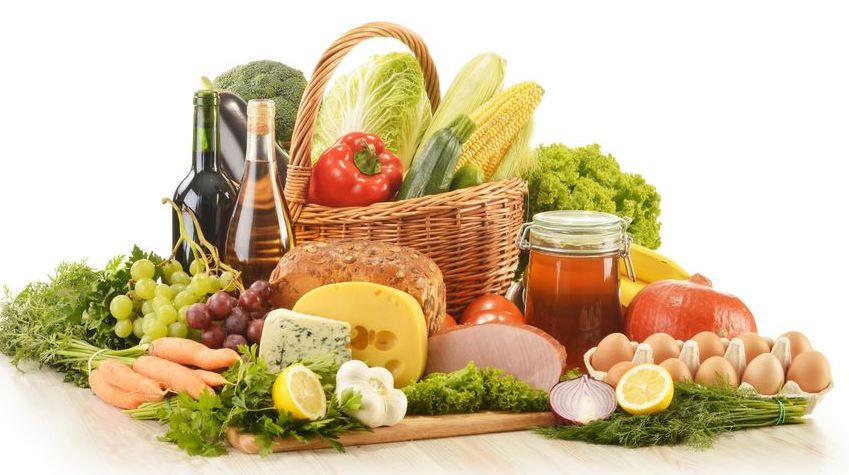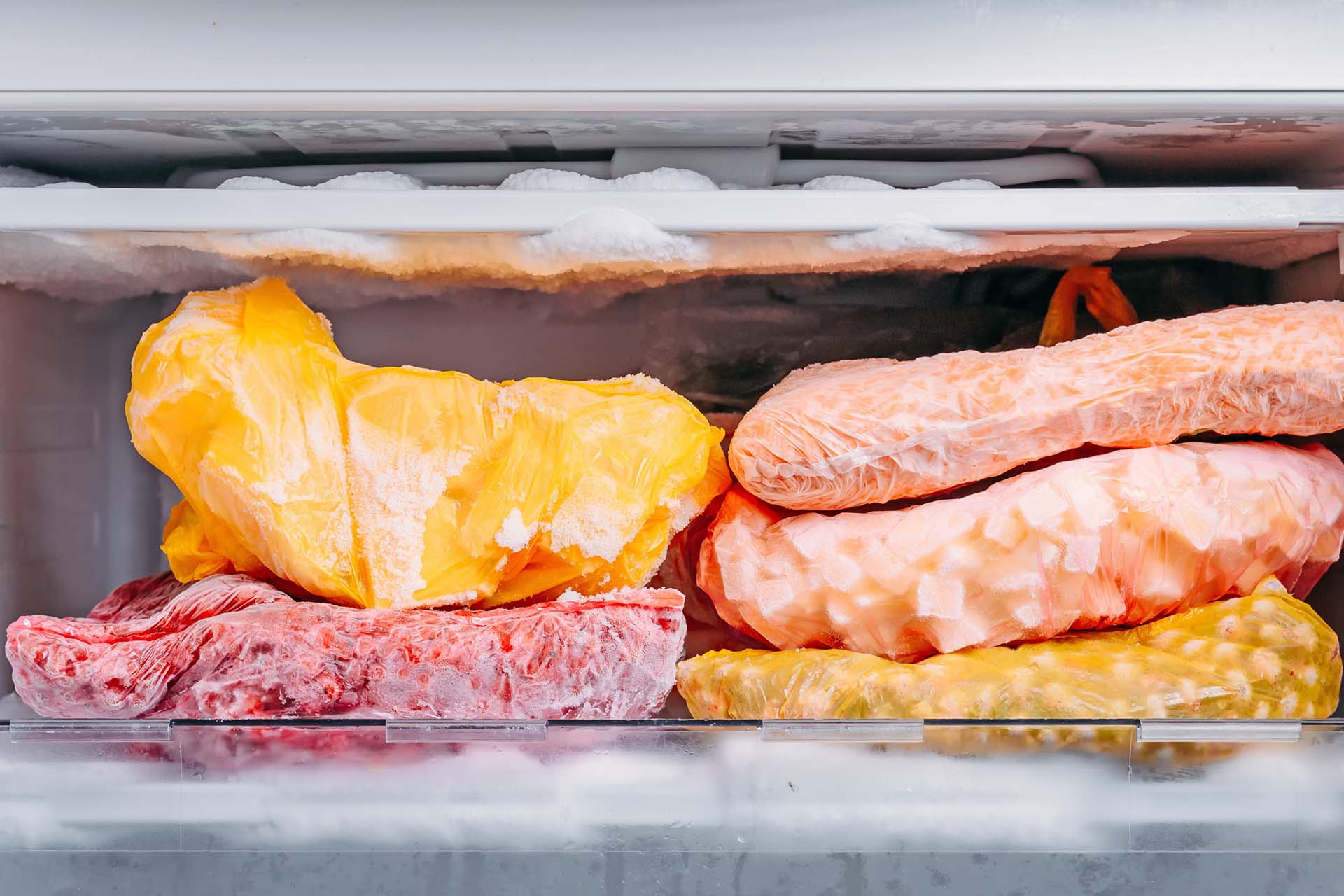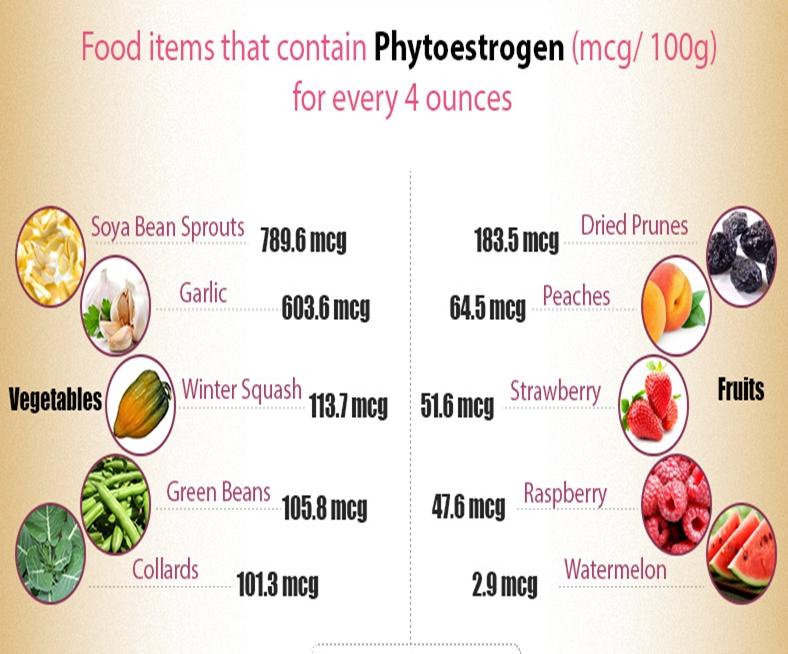Growing vegetables indoors during the winter can be a rewarding and productive experience, providing you with fresh, organic produce even during the coldest months. Here’s a detailed guide on how to get started:
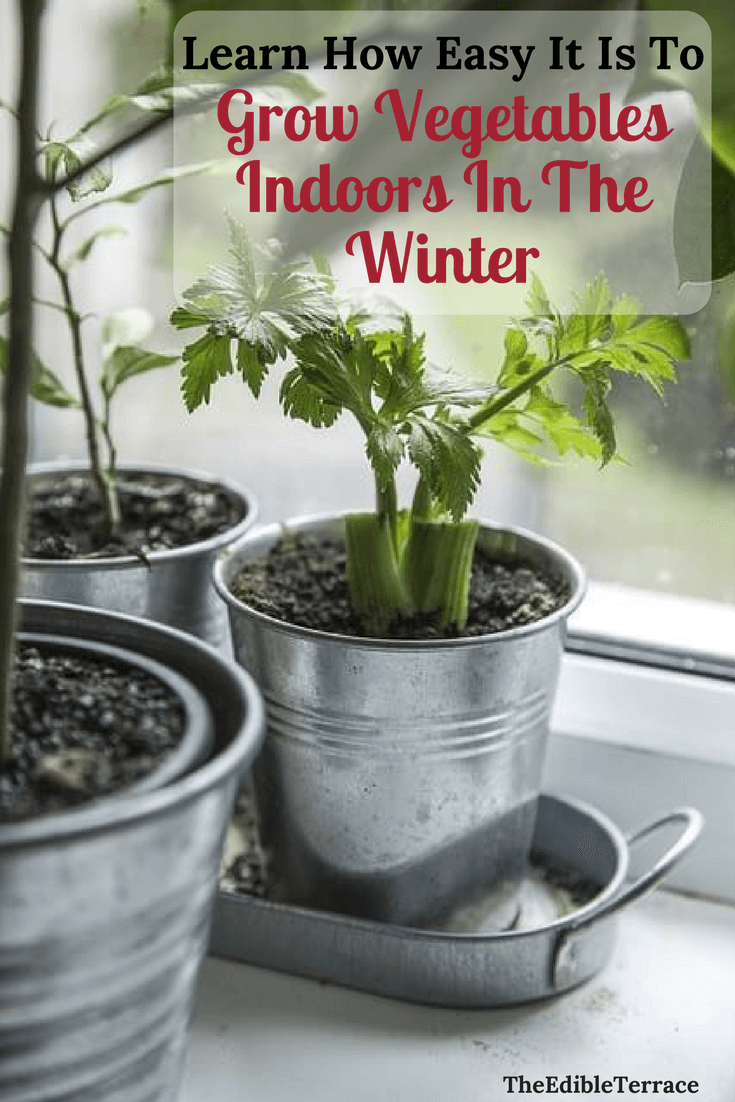
Choose the Right Vegetables:
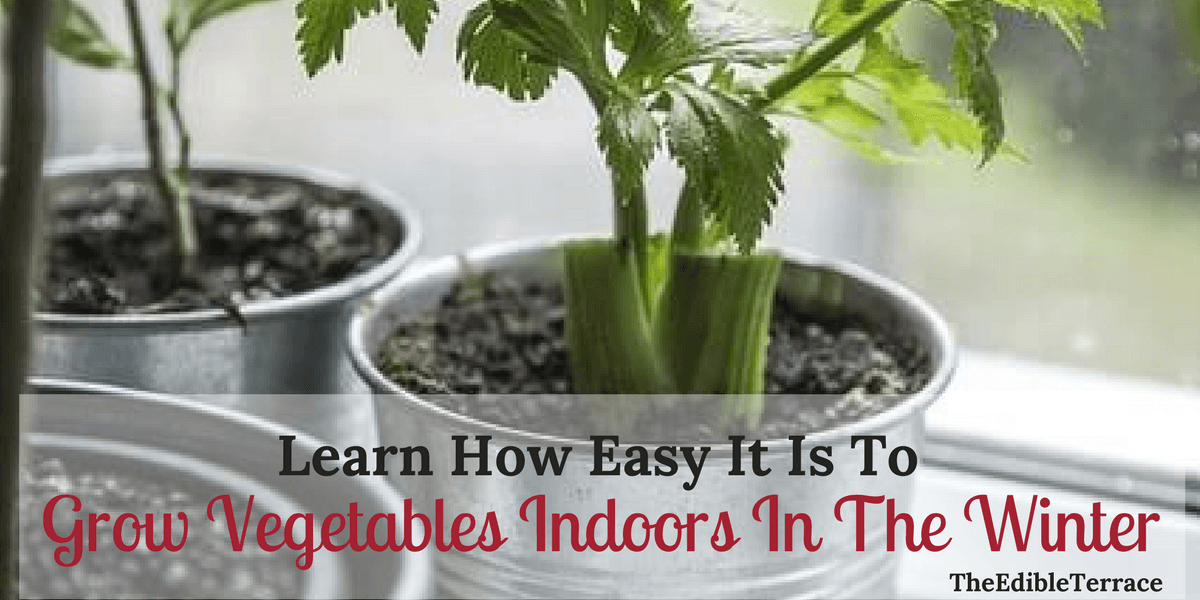
- Select vegetables that are suitable for indoor growing and thrive in limited space, such as leafy greens (spinach, lettuce, kale), herbs (basil, parsley, cilantro), tomatoes, peppers, and dwarf varieties of vegetables like carrots and radishes.
Prepare Your Growing Space:
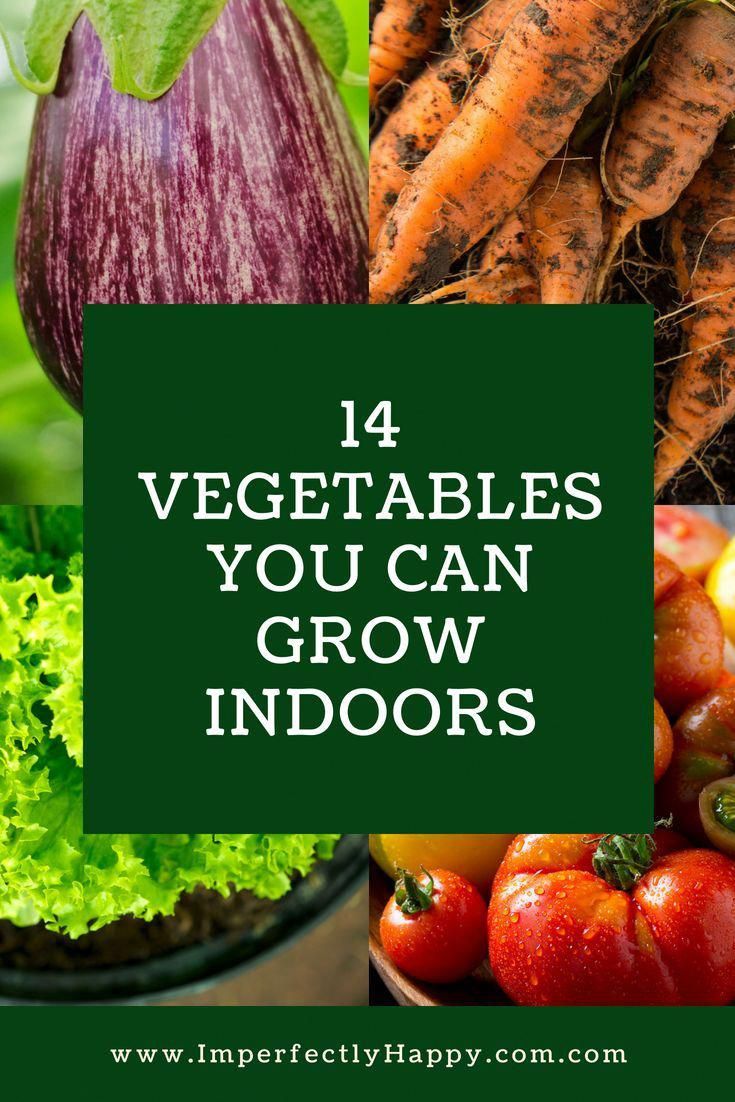
- Choose a location in your home that receives plenty of natural light, such as a sunny windowsill or a dedicated grow space with artificial lighting. Ensure the area has good ventilation to prevent mold and disease.
Select Containers and Soil:
- Choose containers with drainage holes to prevent waterlogging. Containers can be anything from pots and trays to repurposed items like buckets or crates. Use a lightweight, well-draining potting mix that contains perlite or vermiculite for better aeration.
Plant Your Seeds or Seedlings:
- Follow the instructions on the seed packet for the proper planting depth and spacing. If starting from seedlings, carefully transplant them into the prepared containers, ensuring the roots are well-covered with soil.
Provide Sufficient Light:
- During the winter, natural light may be limited, so consider supplementing it with artificial lighting. Use LED grow lights specifically designed for indoor gardening. Aim for 12-16 hours of light per day, adjusting the timing to mimic natural daylight patterns.
Water and Feed Regularly:
- Water your plants regularly, but avoid overwatering. Check the soil’s moisture level by inserting your finger about an inch deep into the soil. Water when the top inch of soil feels dry. Fertilize your plants regularly with a balanced, water-soluble fertilizer, following the recommended dosage on the product label.
Maintain Proper Temperature and Humidity:
- Most vegetables prefer temperatures between 65-75°F (18-24°C). Keep the room temperature within this range and avoid placing your plants near drafty windows or heat sources. Aim for a relative humidity level of around 50-60%. Use a humidifier if needed.
Control Pests and Diseases:
- Regularly inspect your plants for pests or diseases. Remove any affected leaves or plants immediately to prevent the spread of infection. Consider using organic pest control methods, such as neem oil or insecticidal soap, if necessary.
Harvesting Your Crops:
- Depending on the type of vegetable, the time to harvest will vary. Monitor your plants closely and harvest them when they reach maturity. Use sharp, clean scissors or pruning shears to cut the produce.
By following these steps and providing your indoor vegetable garden with the right conditions, you can successfully grow fresh, healthy vegetables throughout the winter, adding variety and flavor to your meals and enjoying the satisfaction of homegrown produce.








